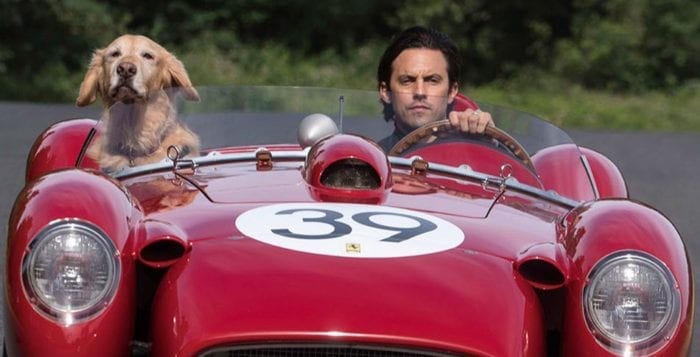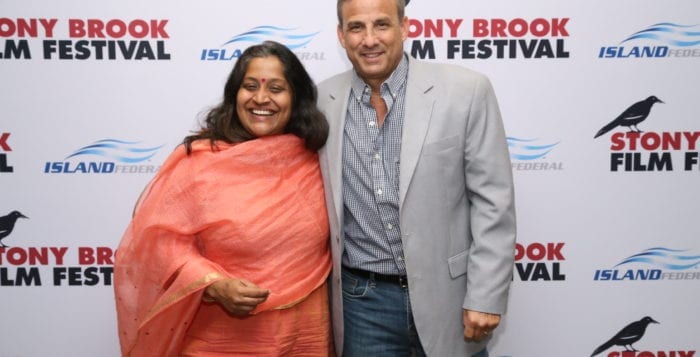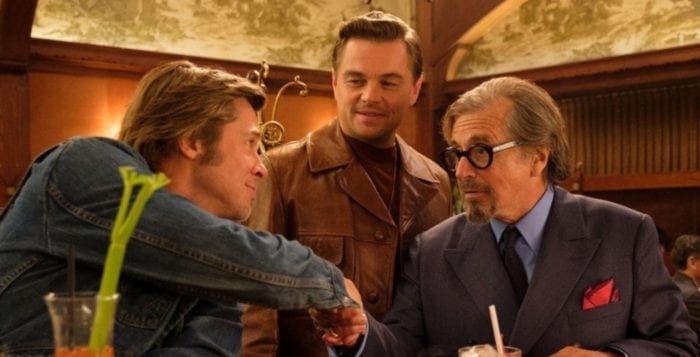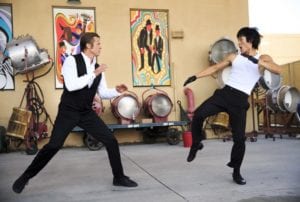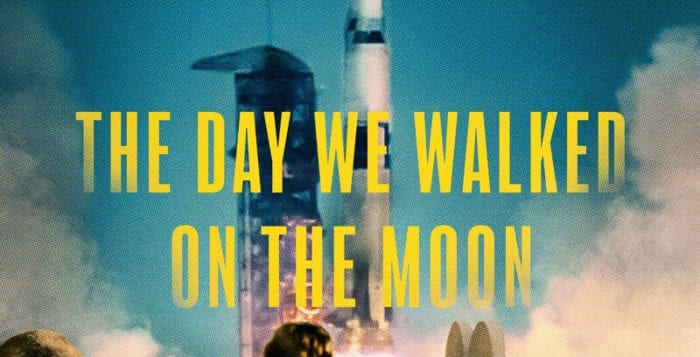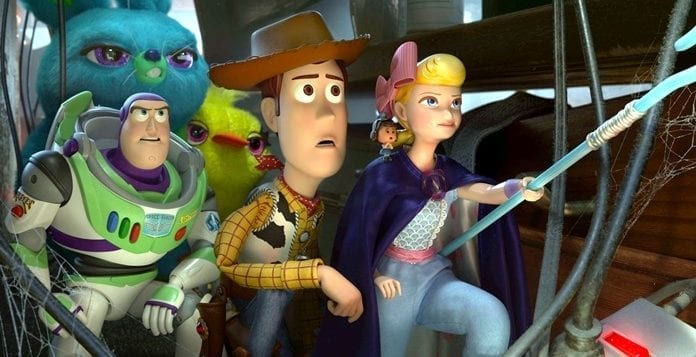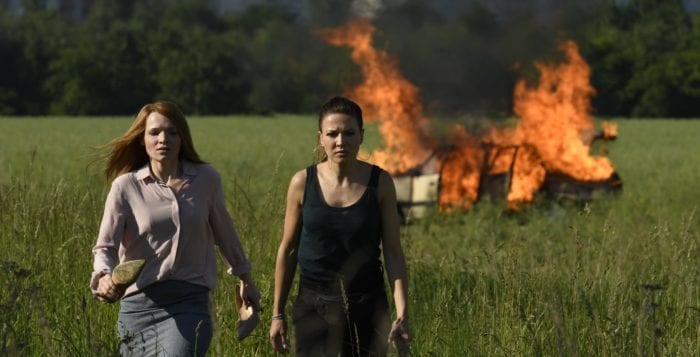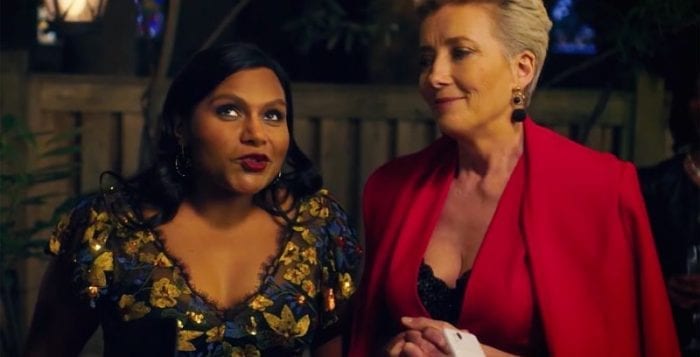By Jeffrey Sanzel
Garth Stein’s beautiful 2008 novel The Art of Racing in the Rain tells the story of Enzo, a golden retriever, adopted by race car driver Denny Swift. It is told from Enzo’s point of view, in Enzo’s voice, beginning at the end of his life. Enzo believes what he has seen in a television documentary on Mongolia – that dogs will come back as humans. What seems like an amusing premise makes for a powerful, memorable tale. Stein’s absorbing, descriptive prose catapulted the novel to the New York Times best-seller list for 156 weeks – and rightly so.
 Now the book has been turned into a slightly rushed but not entirely ineffective feature film. Following the book’s plot closely, screenwriter Mark Bomback and director Simon Curtis honor the spirit and the structure if never quite capturing the underlying pulse. As with the novel, the story begins with the elderly Enzo and then goes back to Denny bringing Enzo home; Denny’s courtship of and marriage to Eve; the birth of their daughter, Zoe; Eve’s illness; and all that follows.
Now the book has been turned into a slightly rushed but not entirely ineffective feature film. Following the book’s plot closely, screenwriter Mark Bomback and director Simon Curtis honor the spirit and the structure if never quite capturing the underlying pulse. As with the novel, the story begins with the elderly Enzo and then goes back to Denny bringing Enzo home; Denny’s courtship of and marriage to Eve; the birth of their daughter, Zoe; Eve’s illness; and all that follows.
Little happens that is not predictable and there is a distinct lack of character development. Scenes are quick and the viewer is rarely allowed to stay on one moment or incident for long, resulting in a lack of tension. The life-and-death scenarios are scrolled through like a flip-book, occasionally holding briefly, but, overall, just moving to the next situation.
This shortchanges the majority of the cast who often seem to be sharing the same dialogue: “Hello, Enzo,” “Denny, is there anything I can do for you?,” and “Goodbye, Enzo.” Friends, family and co-workers flit through the film without making much of an impression. Even Amanda Seyfried, as Denny’s wife, is given very little to play beyond winsome and happy then winsome and sick. The usually dynamic Kathy Baker (as Eve’s mother) is lost in the screenplays simplicity.
 Milo Ventimiglia (from TV’s This Is Us) makes a sensitive and charming Denny. While not an actor of great range, what he does, he does well. He captures Denny’s warmth and earnestness as well as his passion for racing. He is wholly believable, finding joy and pain in Denny’s achievements and struggles.
Milo Ventimiglia (from TV’s This Is Us) makes a sensitive and charming Denny. While not an actor of great range, what he does, he does well. He captures Denny’s warmth and earnestness as well as his passion for racing. He is wholly believable, finding joy and pain in Denny’s achievements and struggles.
Where the film falls flattest is in the latter part of the movie. The book’s devastating and acrimonious custody battle is declawed to the point of almost being meaningless. The dispute is clumsy and meanders without raising any genuine conflict so the resolution is toothless. The film does manage to recover for a touching denouement.
With all its flaws, however, the film works on a visceral level. This is due to two related pieces. First, Bomback wisely mines Stein’s prose for the majority (if not all) of Enzo’s voice-overs. Enzo’s perspective is the narrative soul and they have wisely not stinted. At all times, we are aware of Enzo’s observations and his deep-felt attachment to Denny. The entire movie is infused with this near-human, thoughtful and sensitive point of view.
 And, second, Kevin Costner’s flawless voicing of Enzo is what ultimately pulls tautest on the heartstrings. Costner’s soothing rumble is the true soundtrack and one that will resonate long after the movie is over.
And, second, Kevin Costner’s flawless voicing of Enzo is what ultimately pulls tautest on the heartstrings. Costner’s soothing rumble is the true soundtrack and one that will resonate long after the movie is over.
Those who have read the book might be disappointed with the film’s condensed, hurried approach to the story, which occasionally becomes sentimental when it wants to be sincere. But no one can deny that, in the end, it is a story told with directness, with compassion and with heart.
Rated PG, The Art of Racing in the Rain is now playing in local theaters.
Photos courtesy of 20th Century Fox

